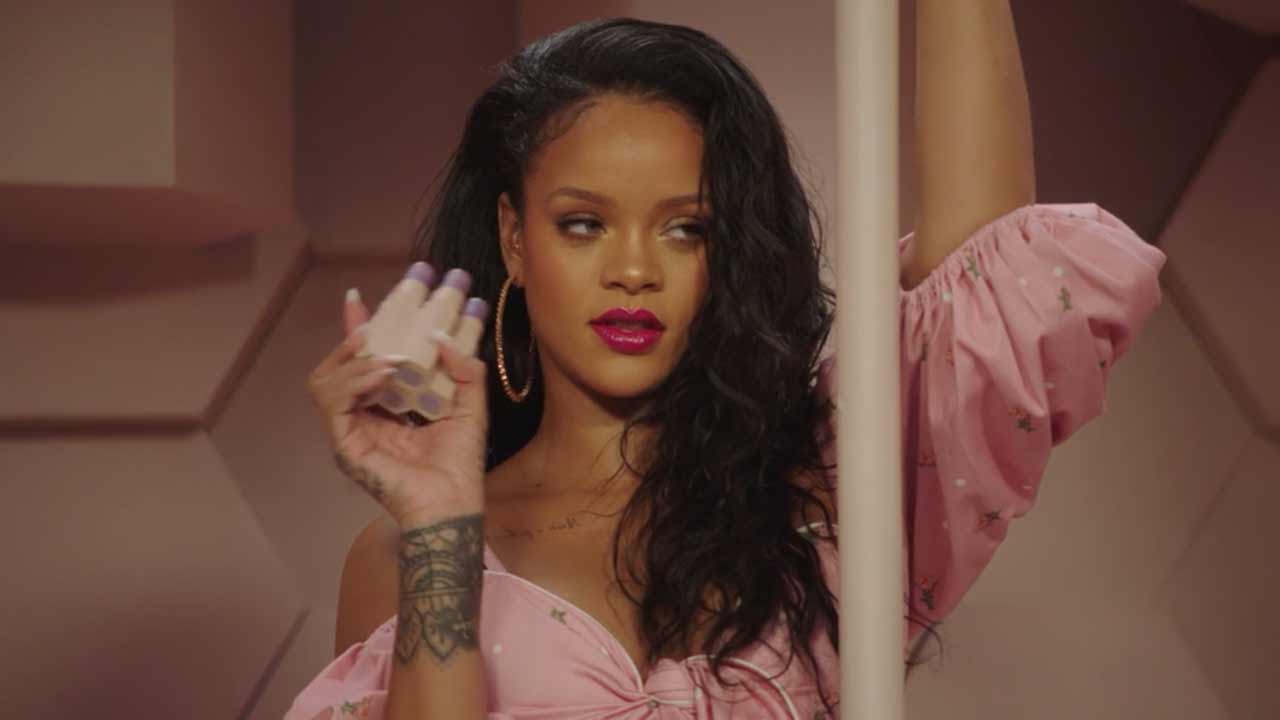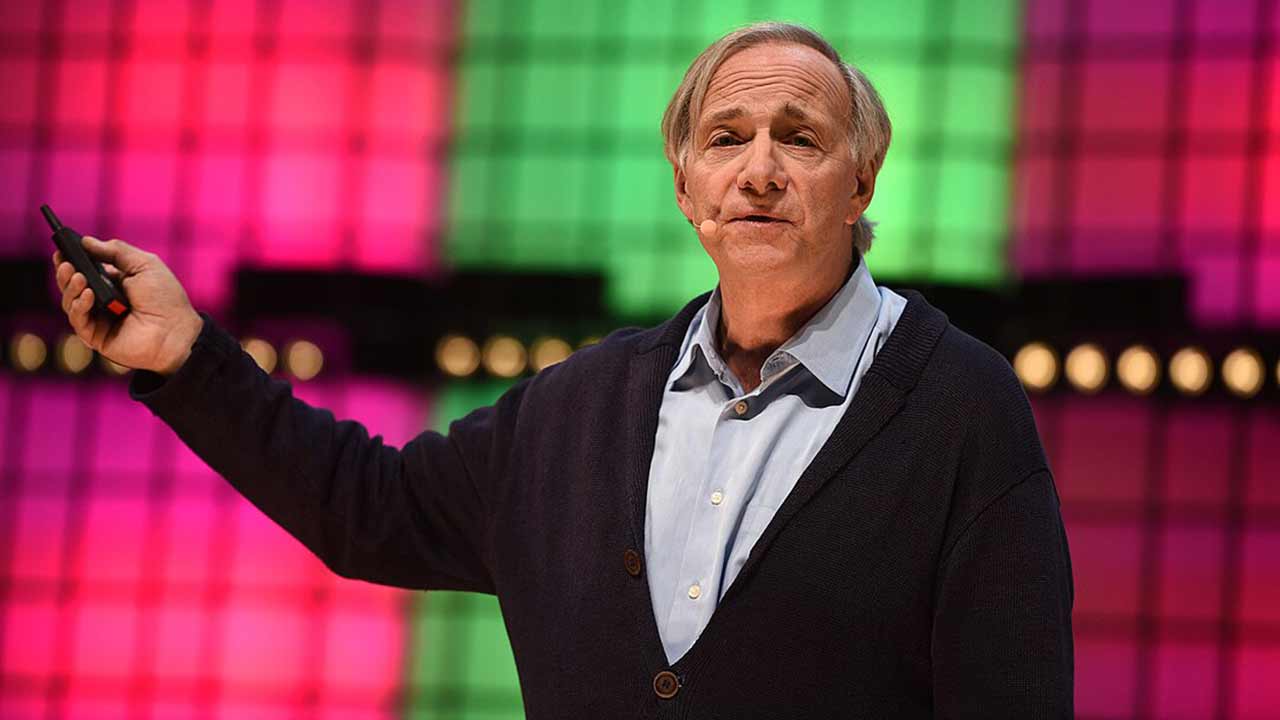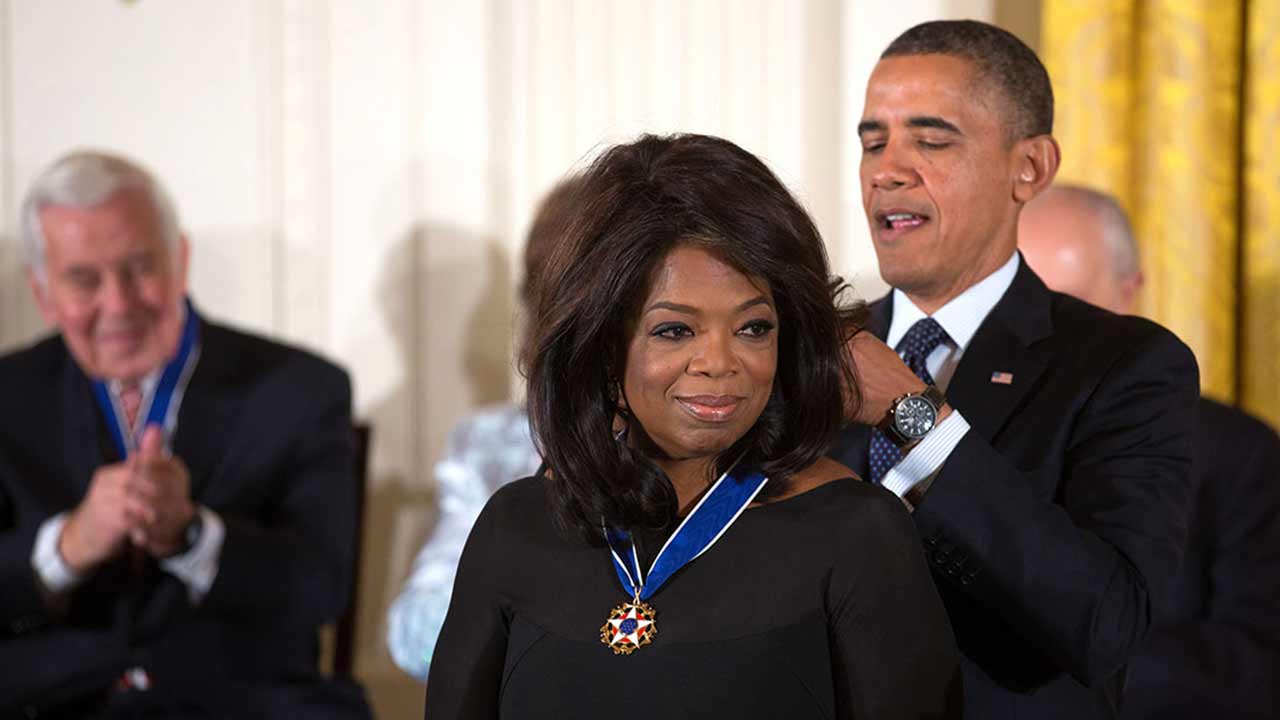Rihanna didn’t just step into the beauty world—she reshaped it. With Fenty, she turned her cultural influence into one of the most successful celebrity brand plays in recent memory. But this isn’t just a story of a pop star launching products. It’s a case study in how to build a scalable brand, own your audience, and dominate multiple markets at once.
She Solved a Problem the Industry Ignored
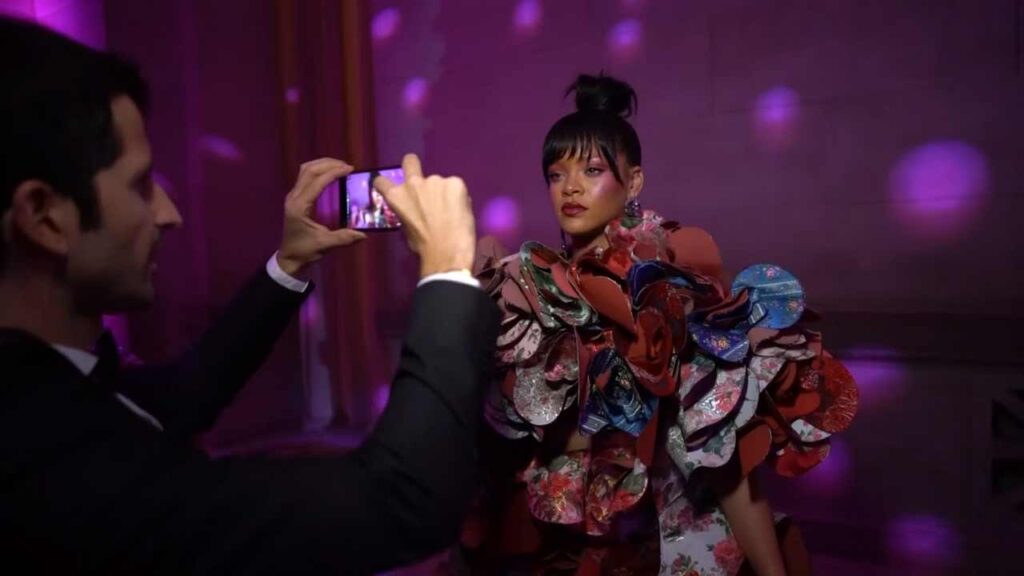
When Fenty Beauty launched in 2017, it dropped with 40 foundation shades—an industry first. Most brands were still offering 10 or 15. Rihanna didn’t just release makeup—she addressed a massive gap in the market and made inclusivity a non-negotiable standard. That bold move instantly separated Fenty from the crowded beauty landscape. It wasn’t just about celebrity—it was about product-market fit. And the market responded: $100 million in sales in the first 40 days. She Didn’t Rent the Brand—She Co-Owned It
She Didn’t Rent the Brand—She Co-Owned It
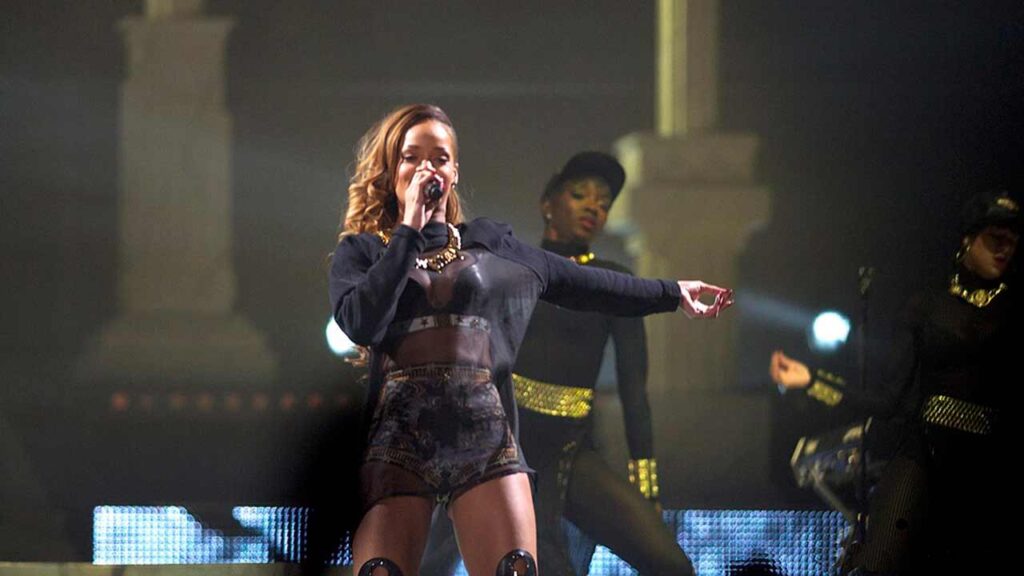
Fenty isn’t just Rihanna’s name on a label. She partnered with LVMH—the largest luxury group in the world—to launch and scale it. That partnership gave her access to distribution, manufacturing, and global retail channels most startups could only dream of.
But most importantly, she kept skin in the game. Rihanna owns a significant stake in the Fenty business, which is why it contributes the bulk of her now $1.4 billion net worth. She didn’t license her brand—she leveraged it.
She Used Her Platform, But Let the Product Win
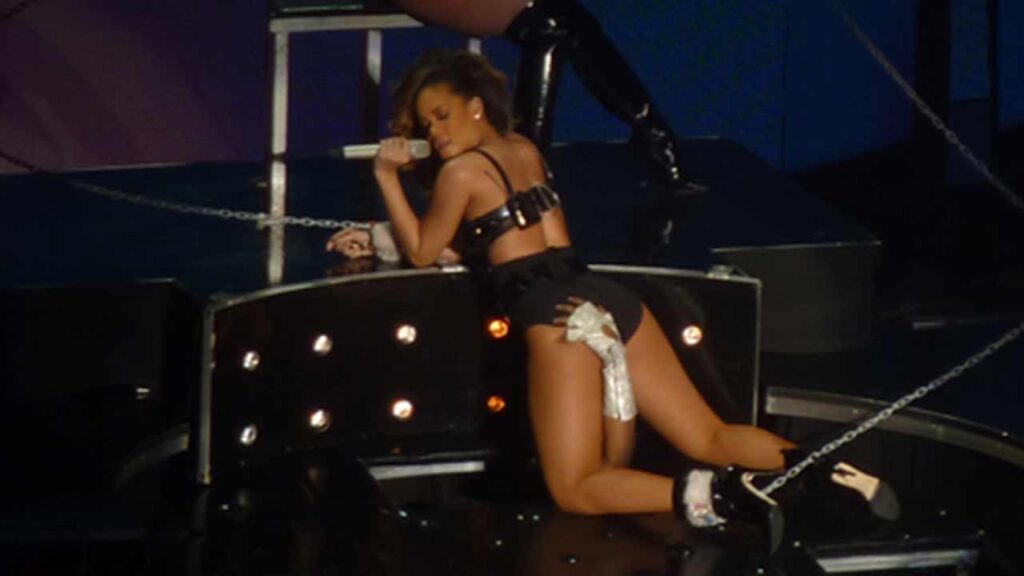
Rihanna’s fame helped Fenty go viral. But once the buzz wore off, it was the product quality and customer loyalty that kept sales climbing. Reviews praised the formulas. Repeat buyers drove revenue. And Fenty became more than a celebrity line—it became a real competitor to legacy brands.
She kept the messaging consistent, the packaging premium, and the price point just high enough to signal quality—without alienating everyday buyers. That balance is hard to pull off, but it’s exactly what fueled the brand’s longevity.
She Expanded the Right Way—Not Too Fast

After Fenty Beauty came Savage X Fenty, her lingerie brand. Then Fenty Skin. Each expansion served the same core mission: inclusivity, confidence, and authenticity. And each one targeted a market with high margins and massive growth potential.
She didn’t launch 10 things at once. She built one category at a time, let it mature, then moved on. That strategic pacing gave each new venture room to breathe—and kept the brand from burning out.
She Turned Cultural Relevance Into Ownership
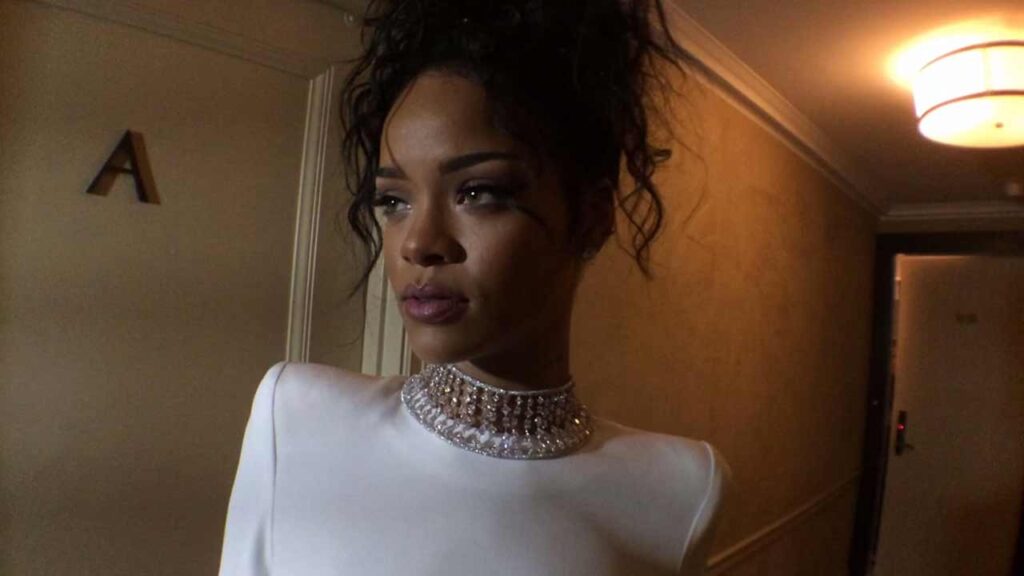
Rihanna understood the assignment: don’t just influence—own. She took the attention her music brought and funneled it into something she could scale. That’s why she hasn’t rushed back into touring or releasing albums. Her empire is bigger than the charts now.
And because she built it around real customer needs—not just trends—it’s positioned to keep growing, even if she never records another song.
The Bottom Line
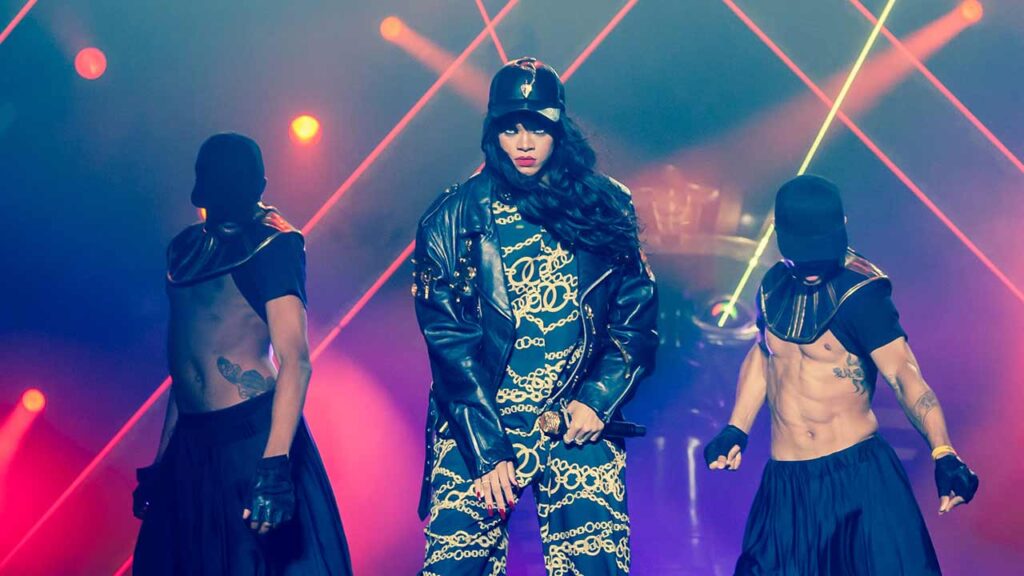
Rihanna’s Fenty empire is more than a beauty line—it’s a blueprint. She identified a market gap, partnered with the right people, kept ownership, and let quality drive the brand. For entrepreneurs, creators, and anyone building something of their own, it’s proof that when you mix purpose with smart execution, the upside is massive—and lasting.

Alexander Clark is a financial writer with a knack for breaking down complex market trends and economic shifts. As a contributor to The Daily Overview, he offers readers clear, insightful analysis on everything from market movements to personal finance strategies. With a keen eye for detail and a passion for keeping up with the fast-paced world of finance, Alexander strives to make financial news accessible and engaging for everyone.
